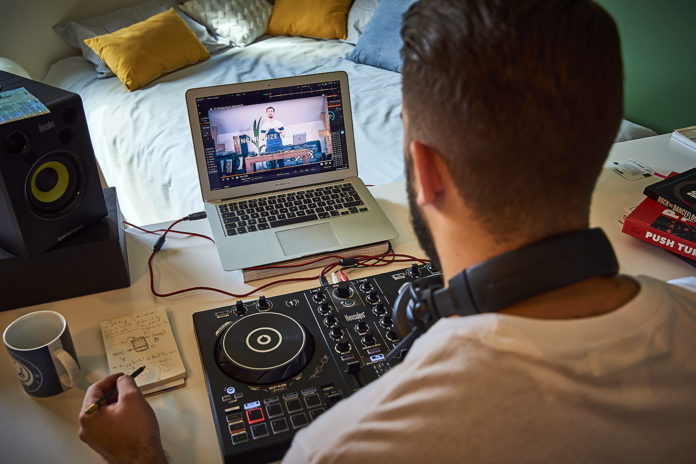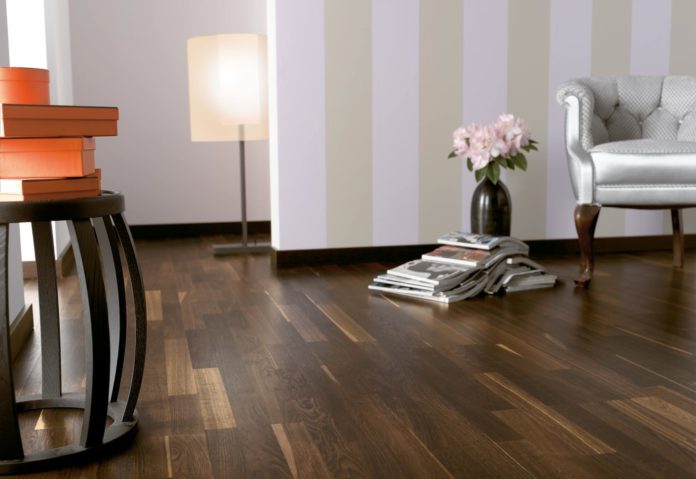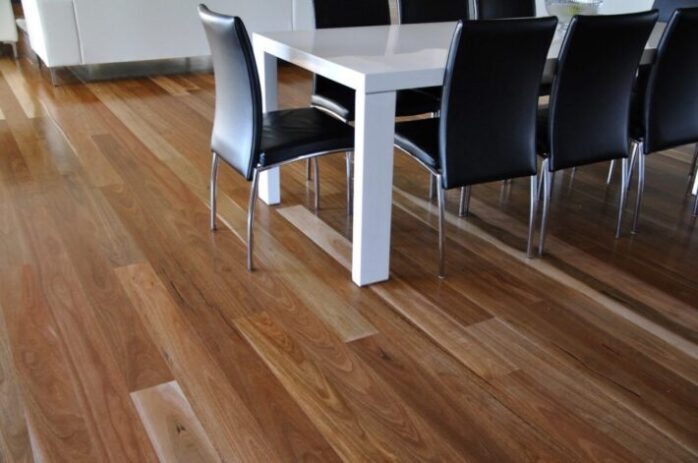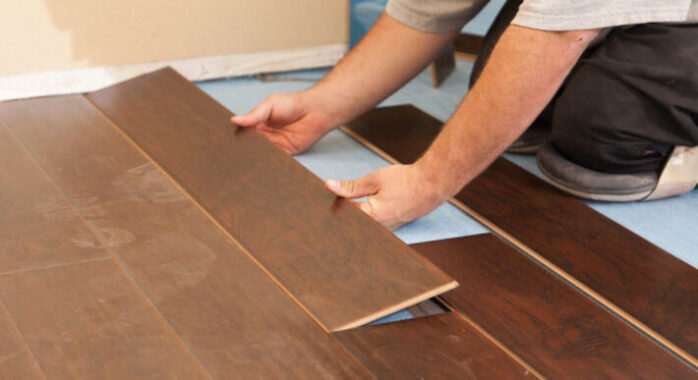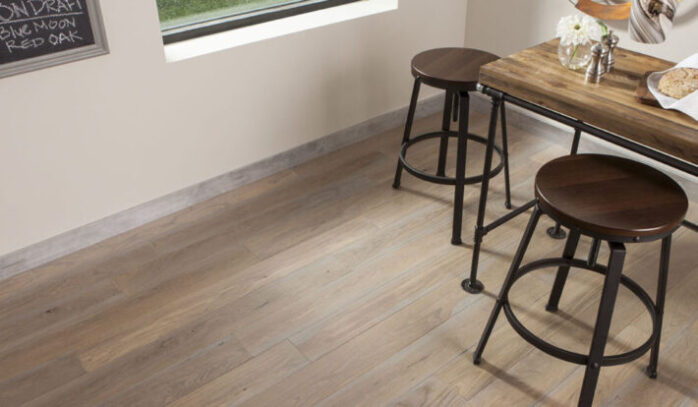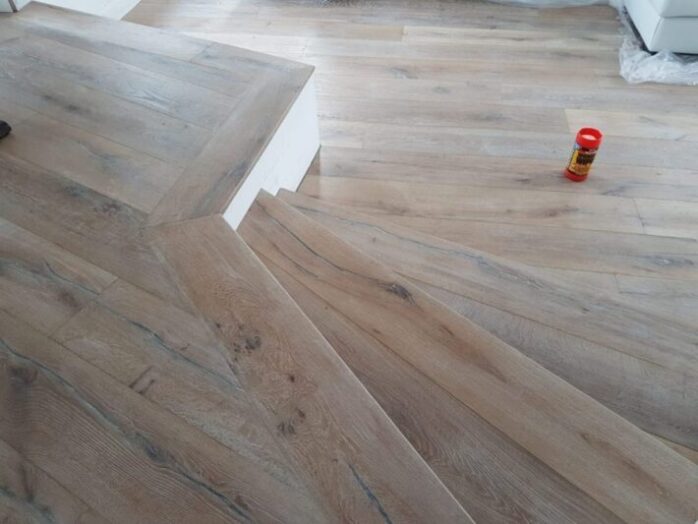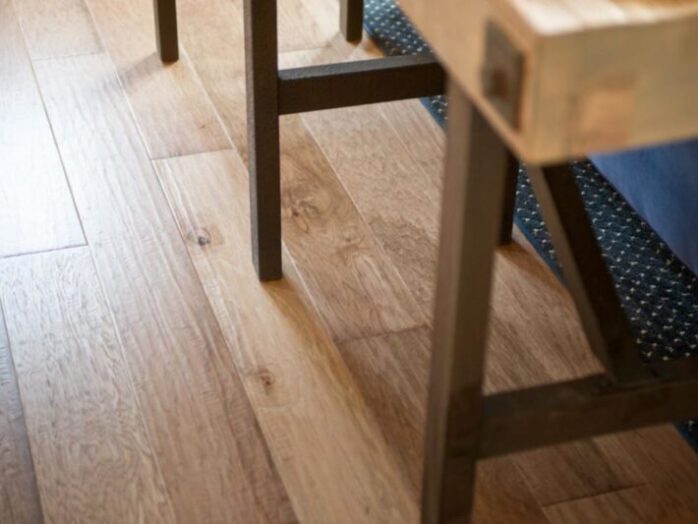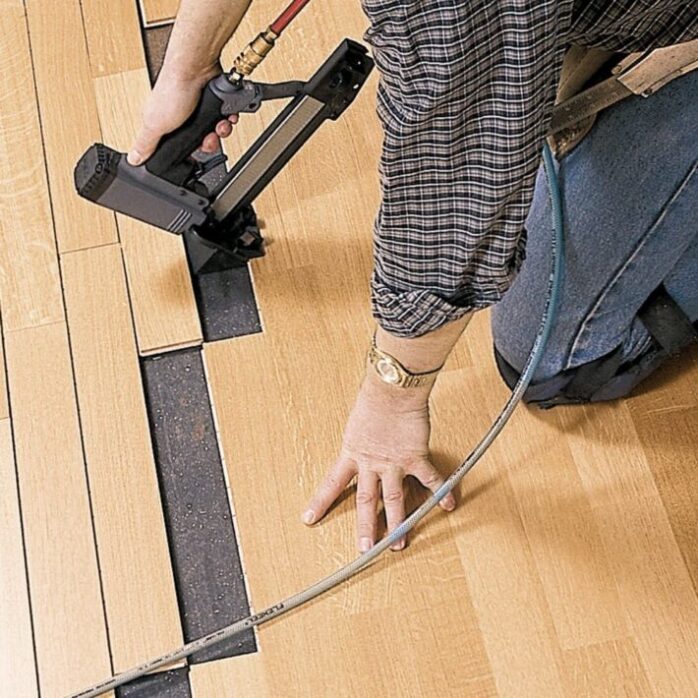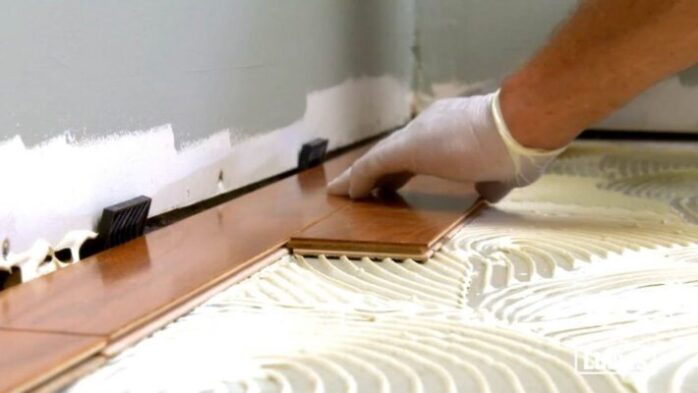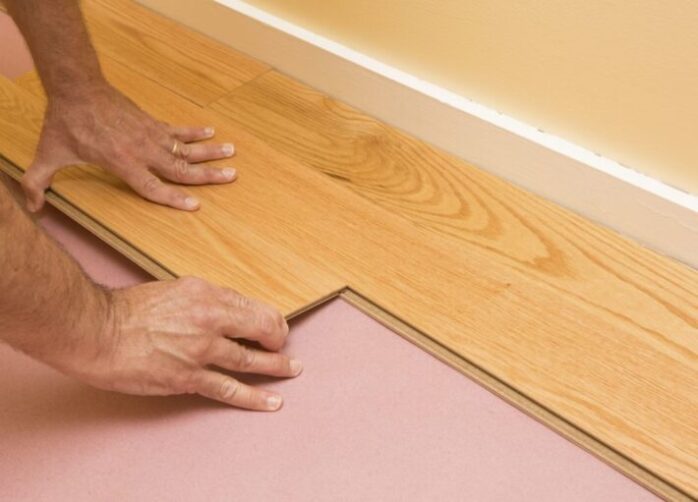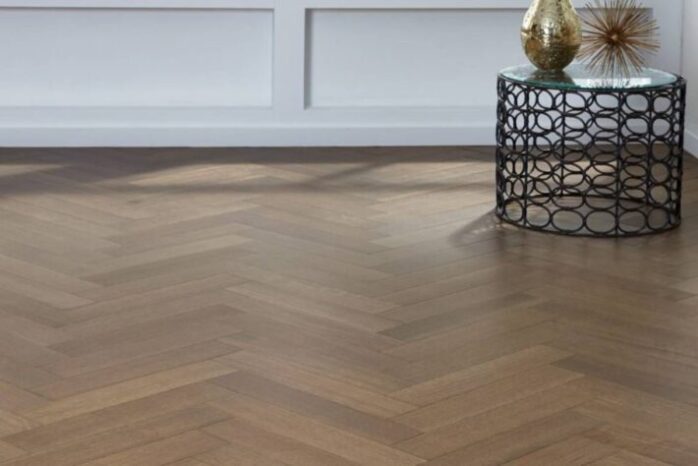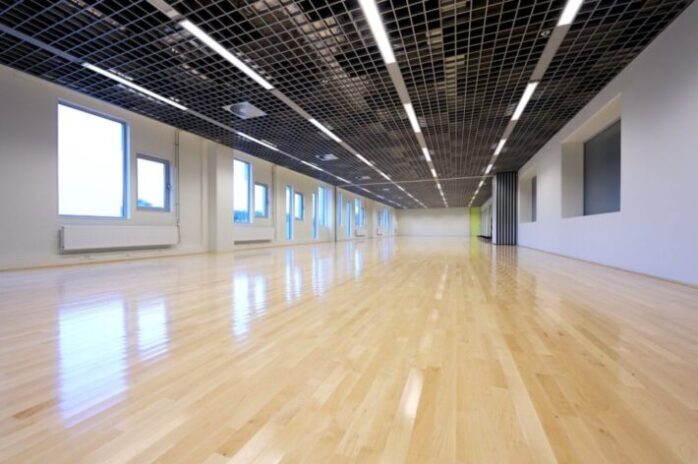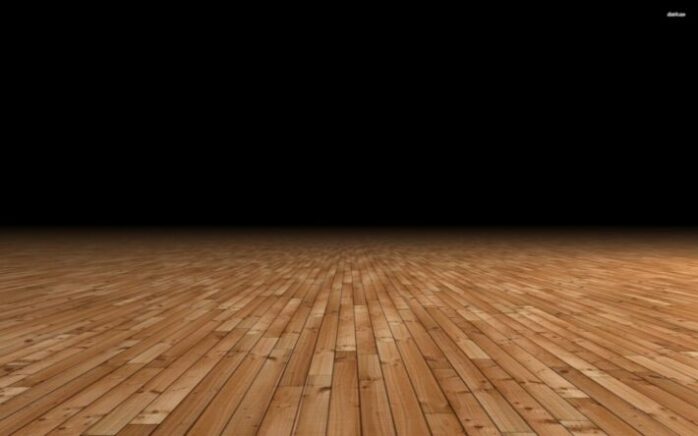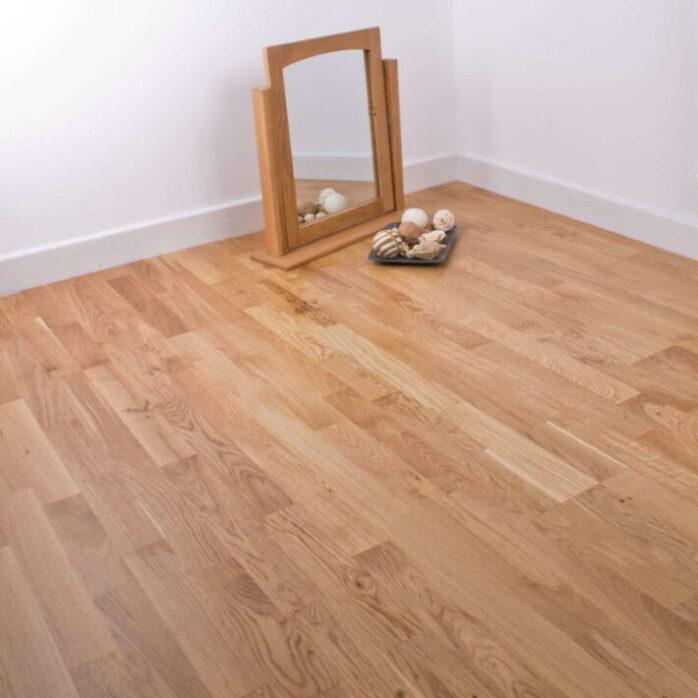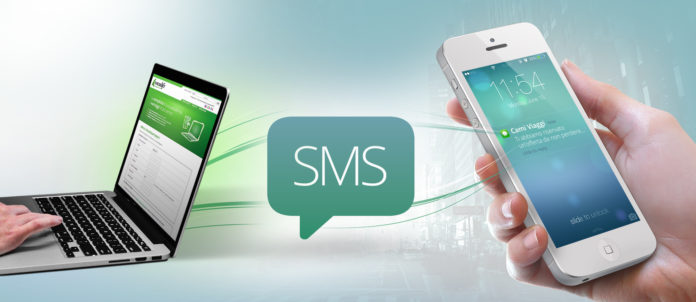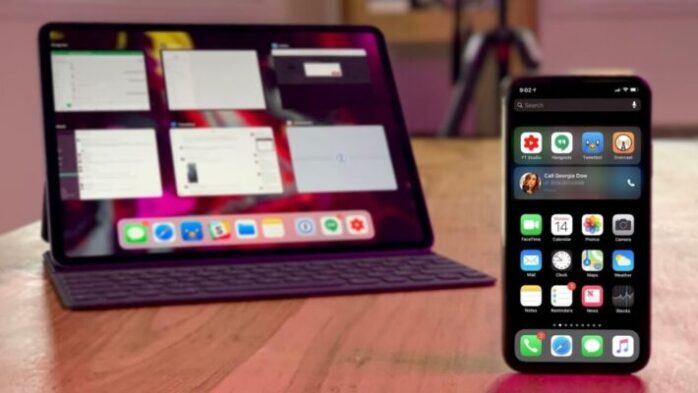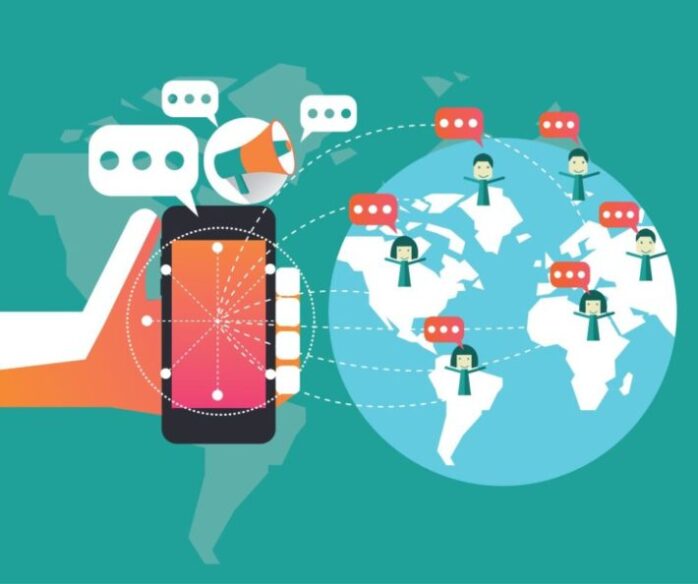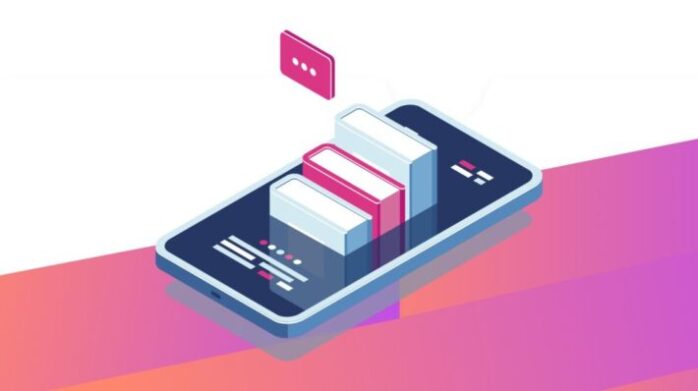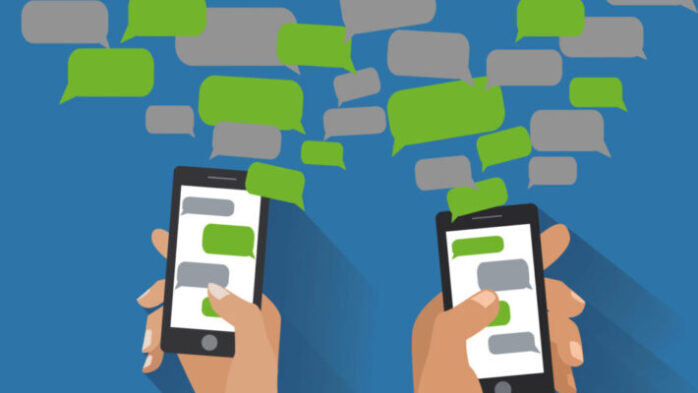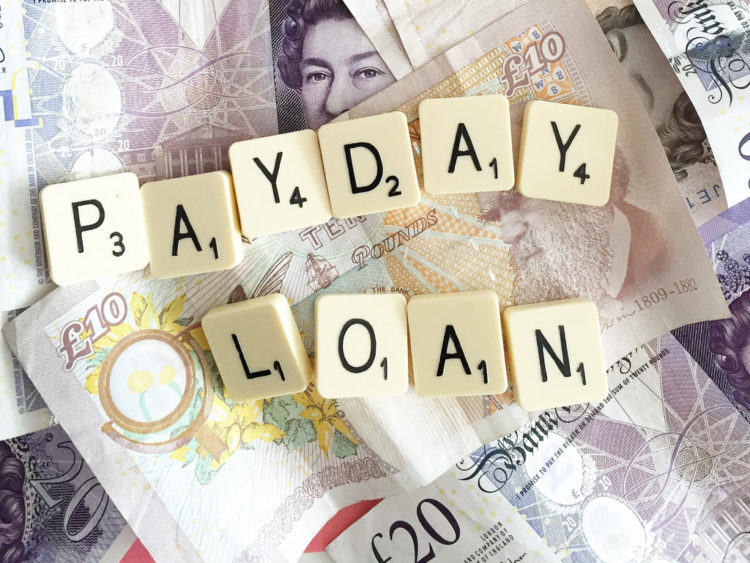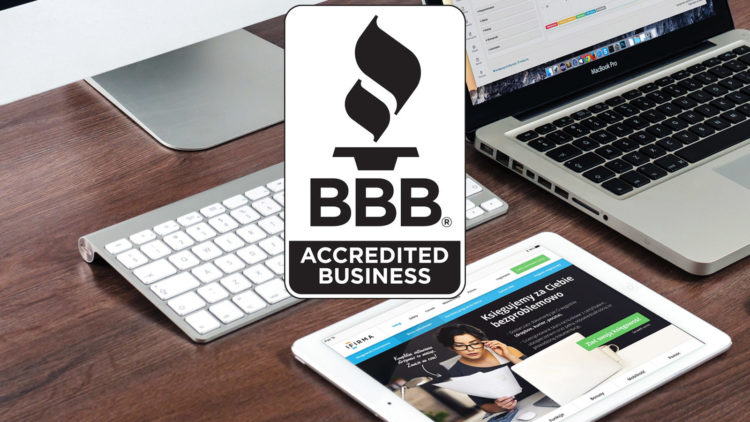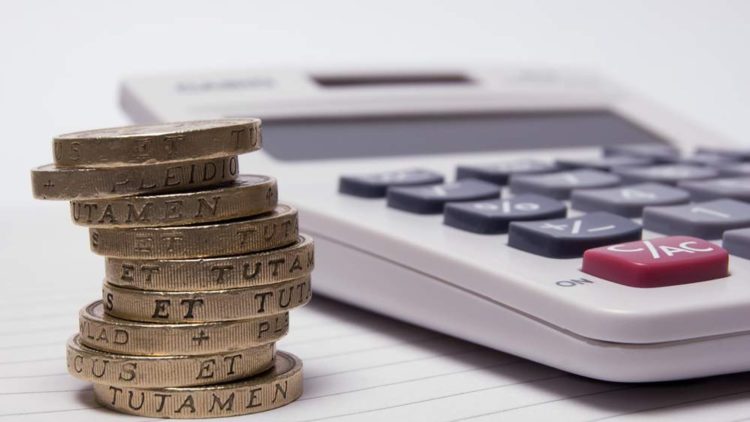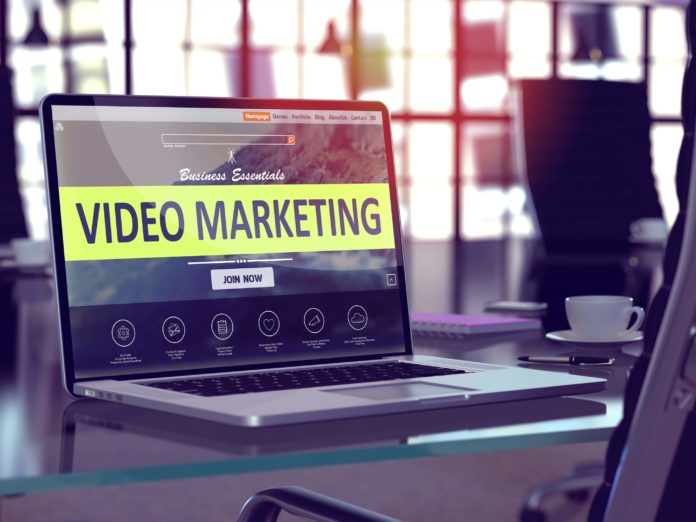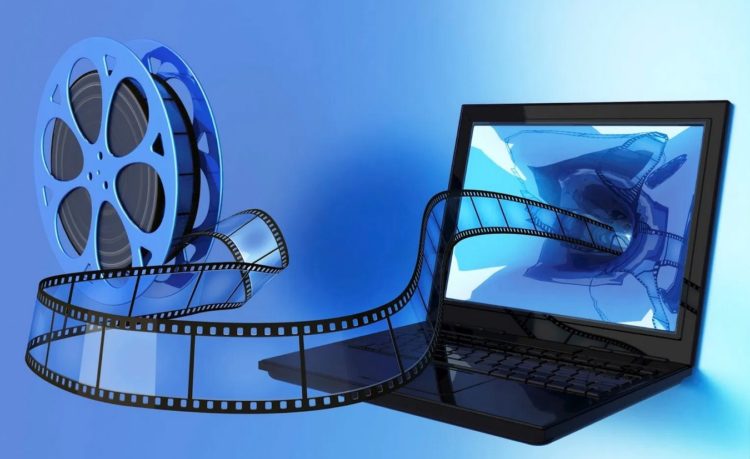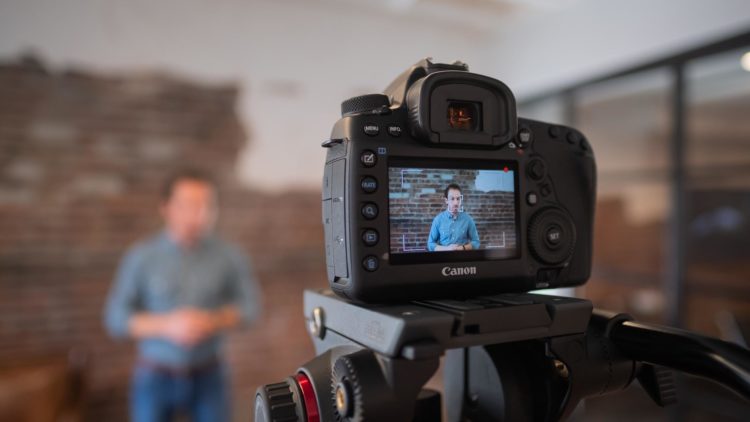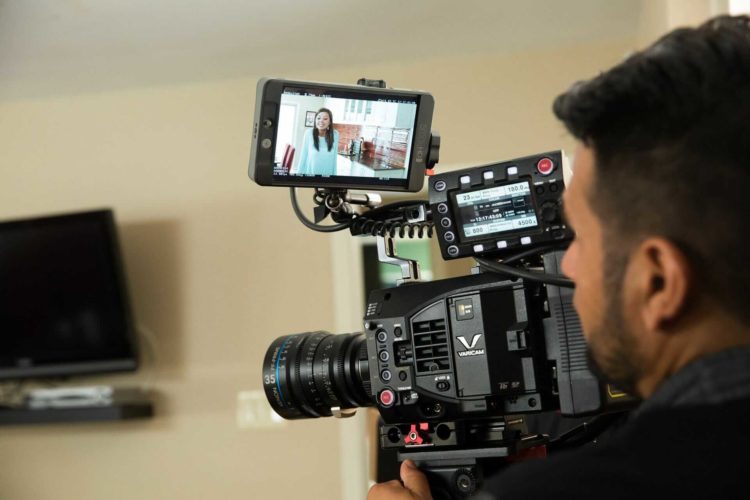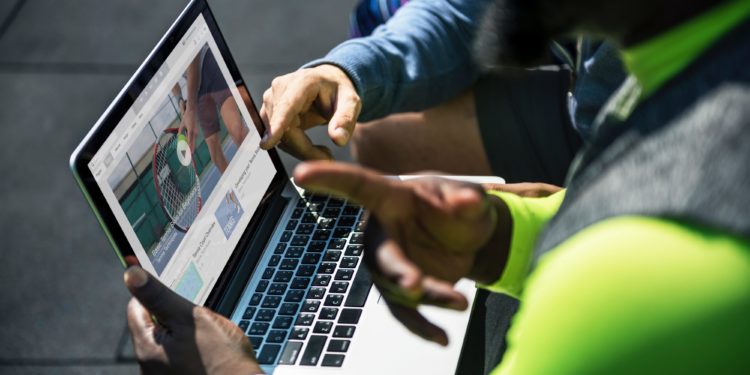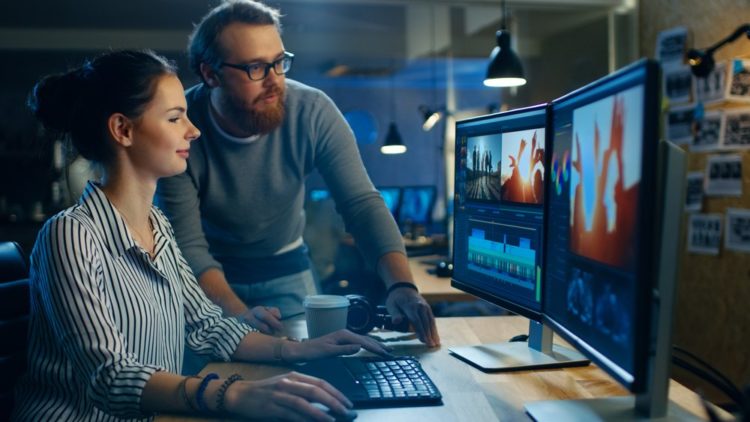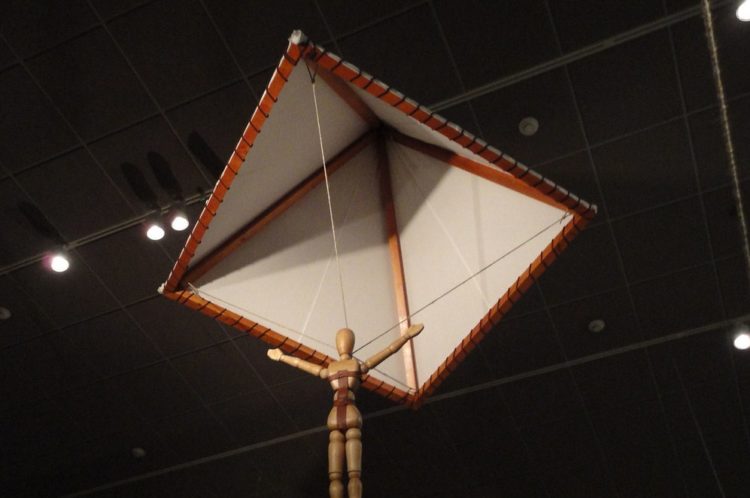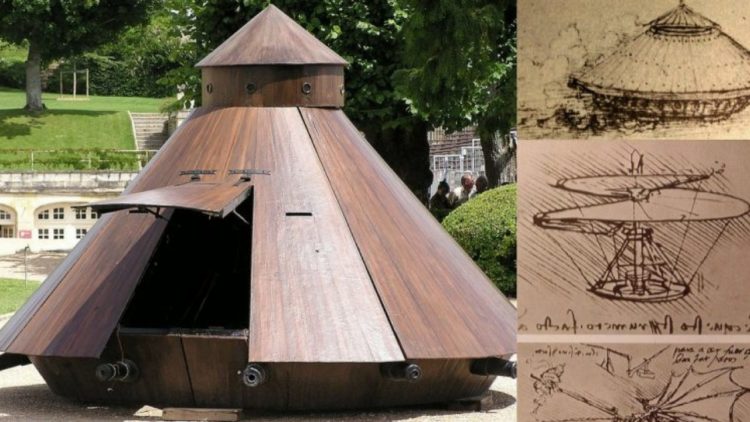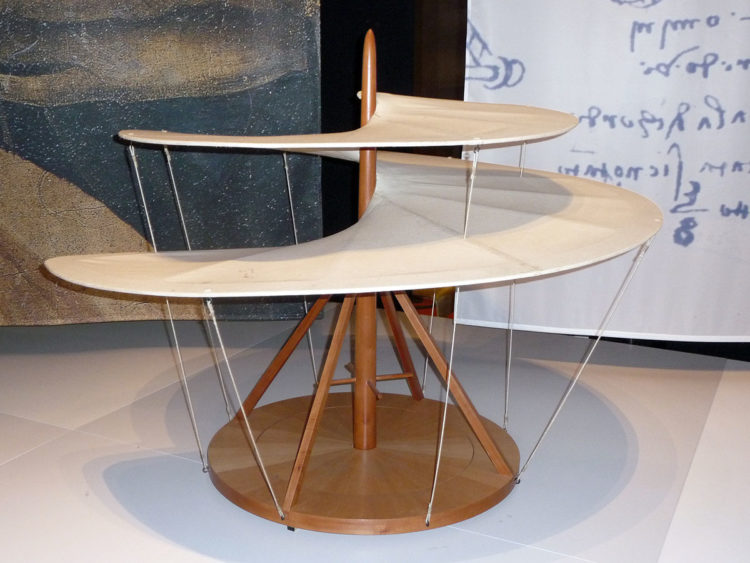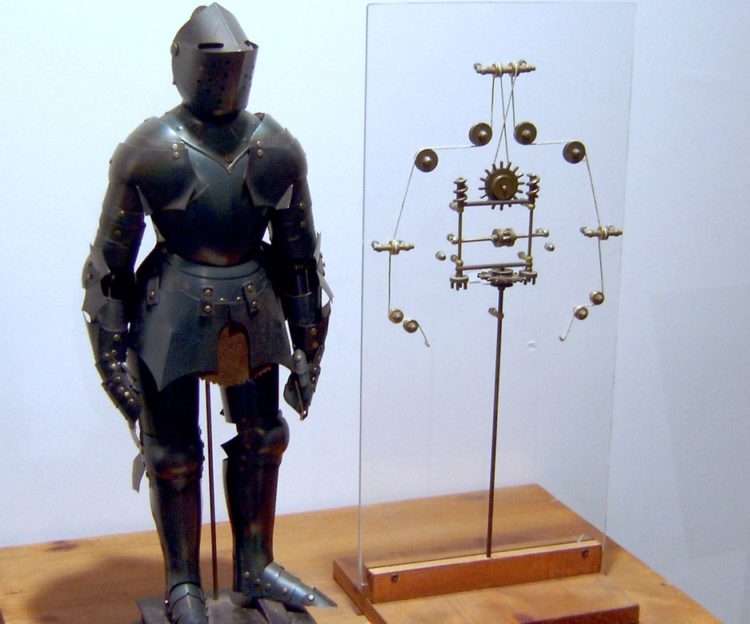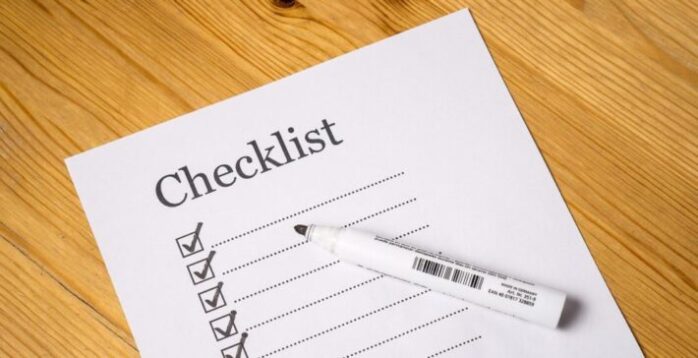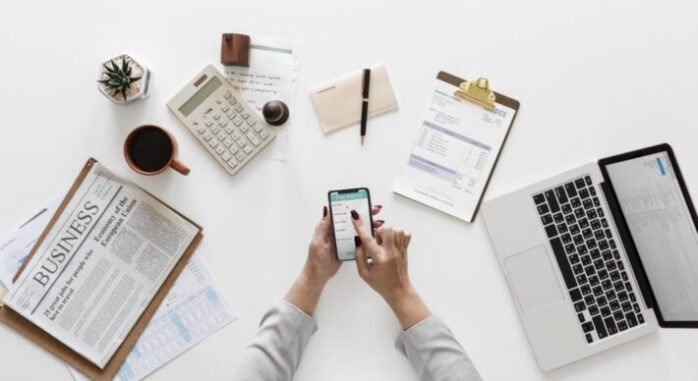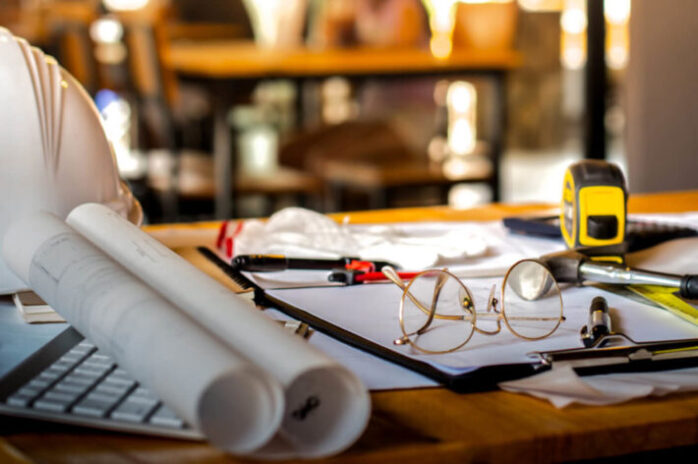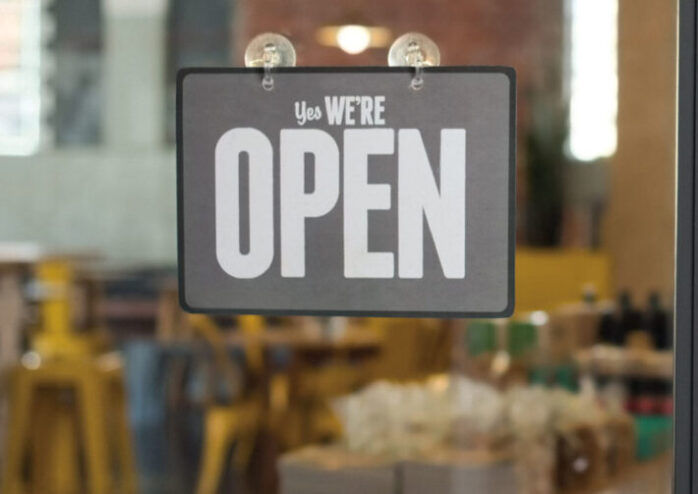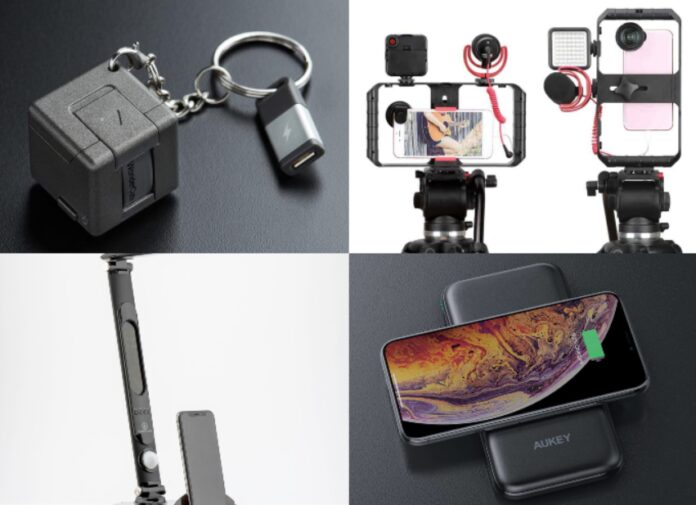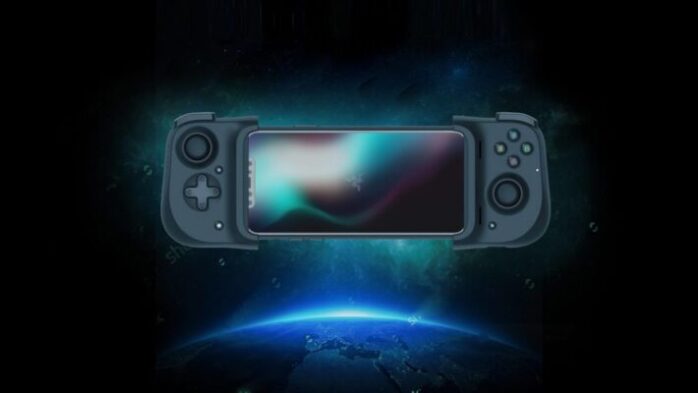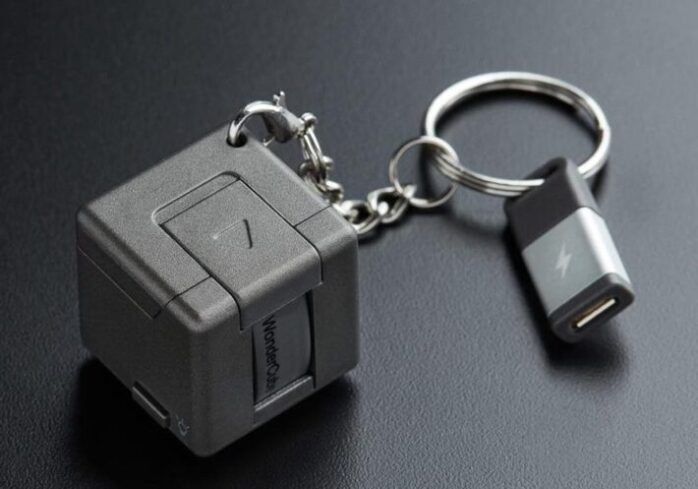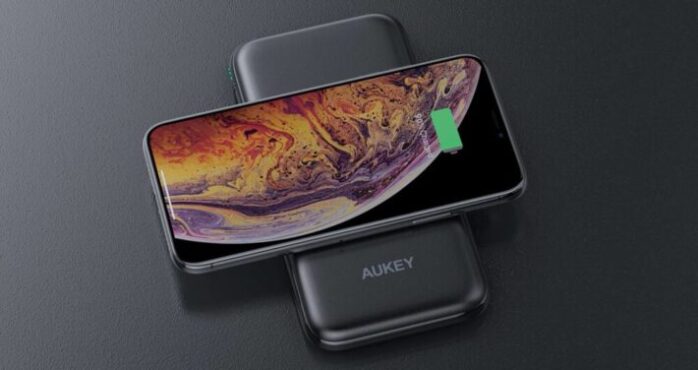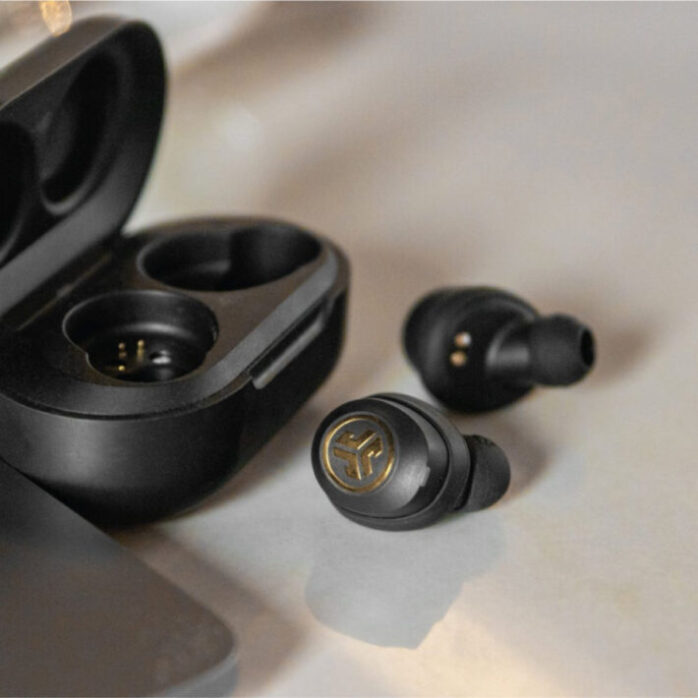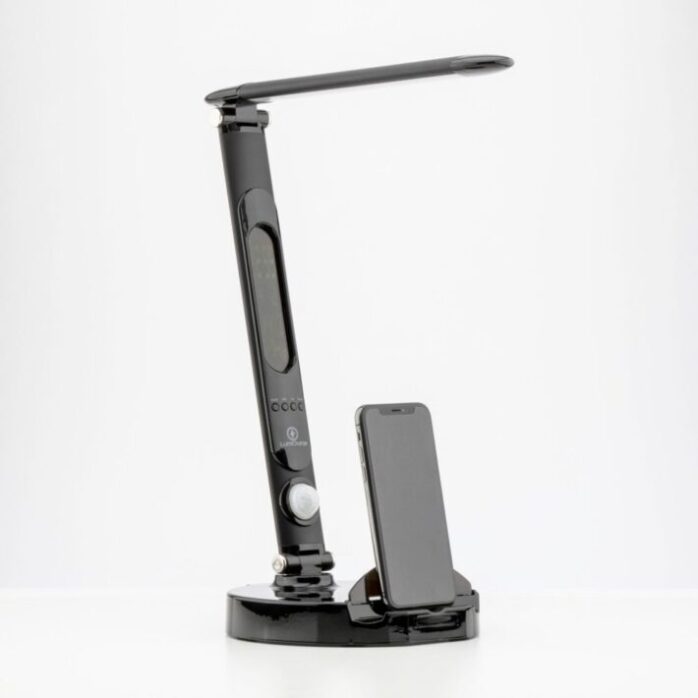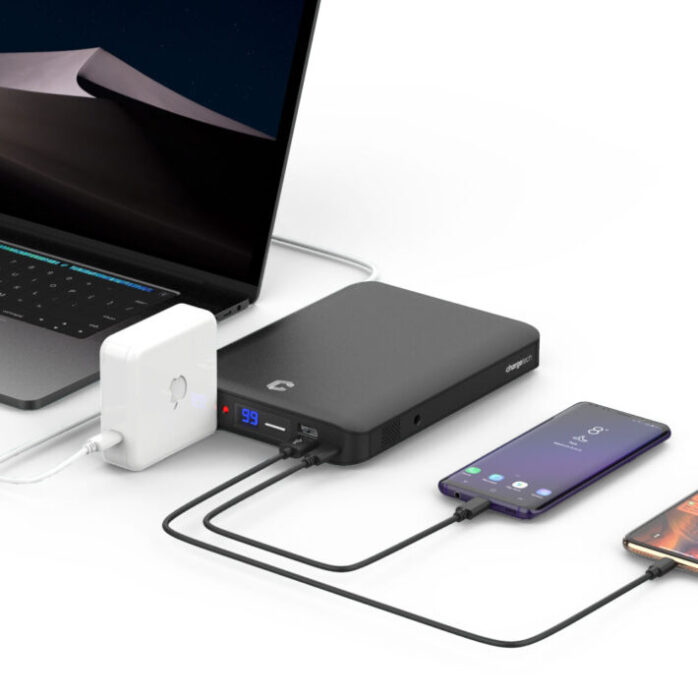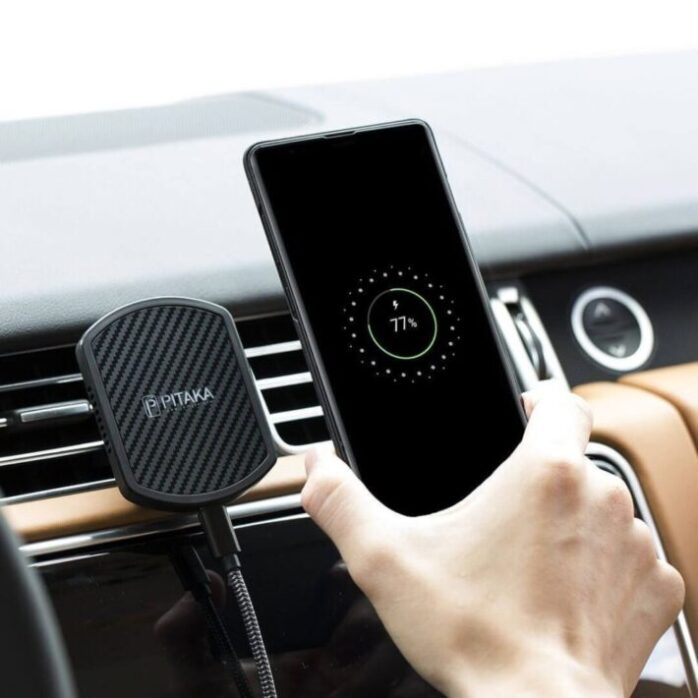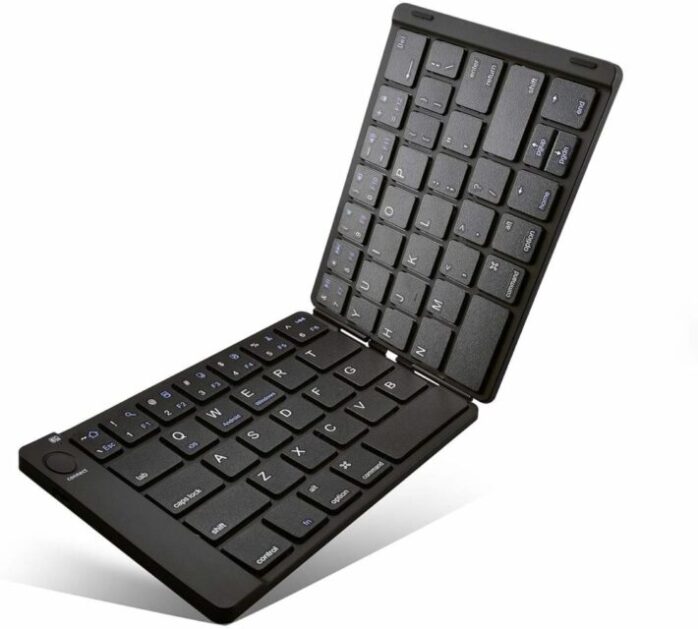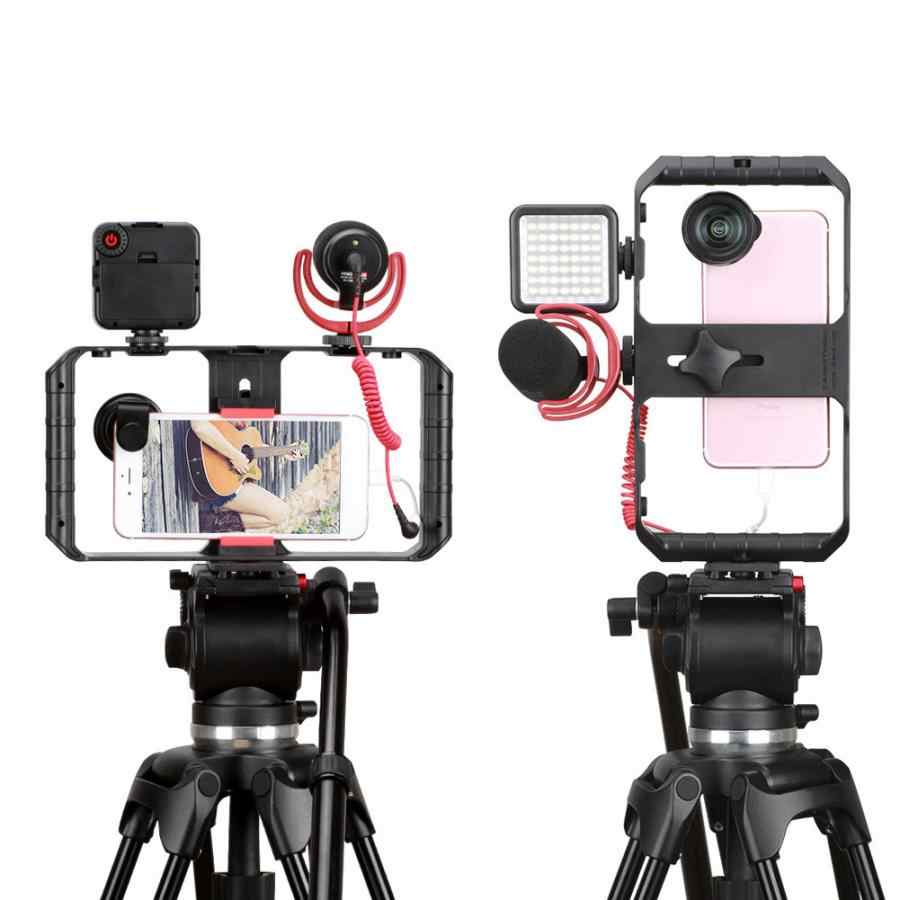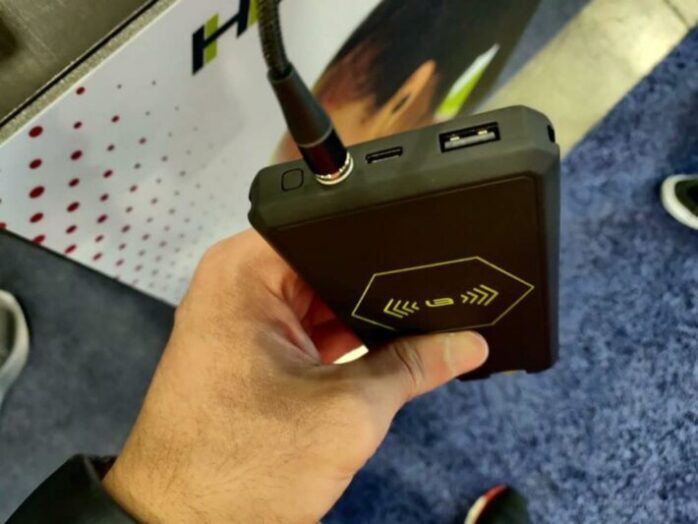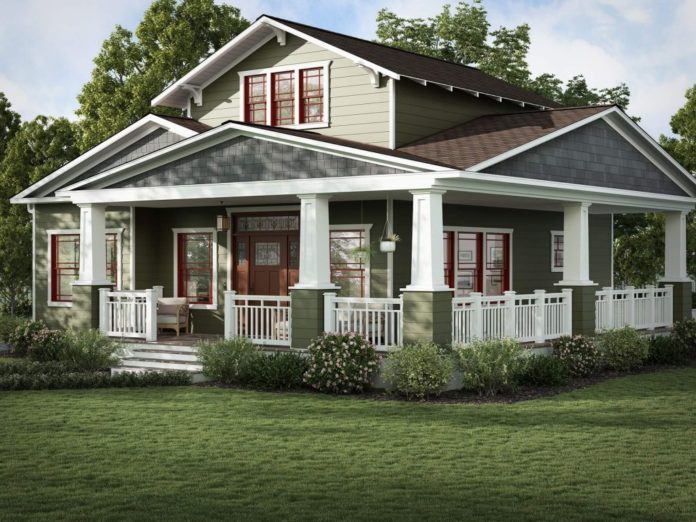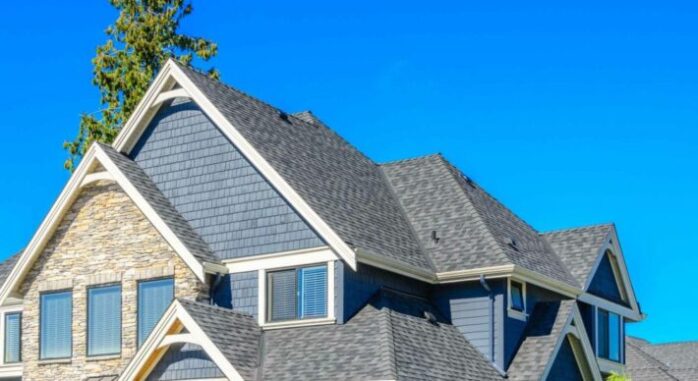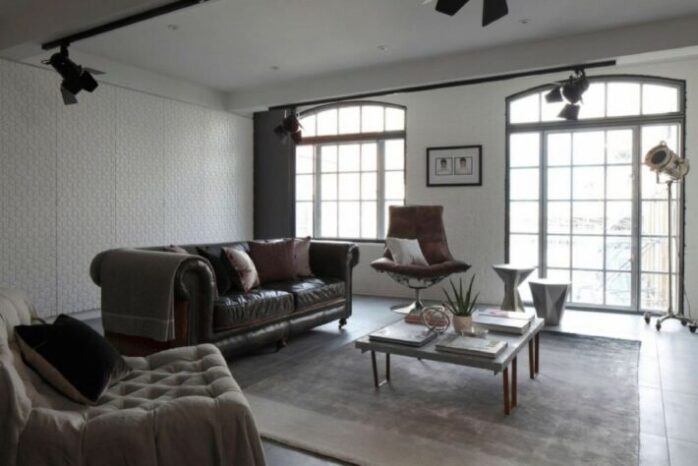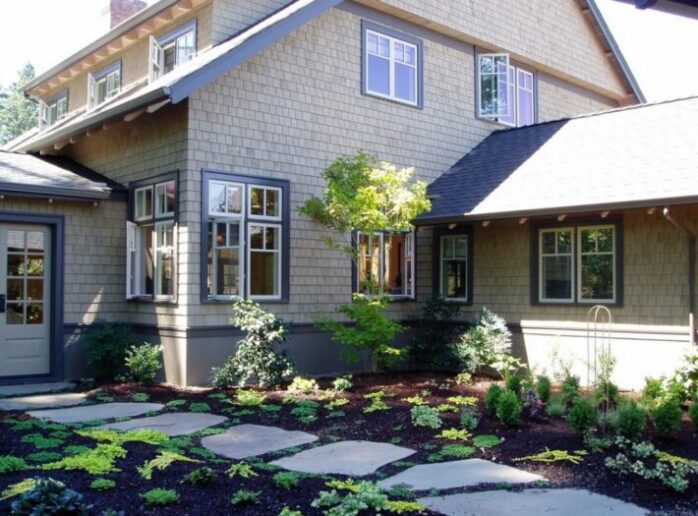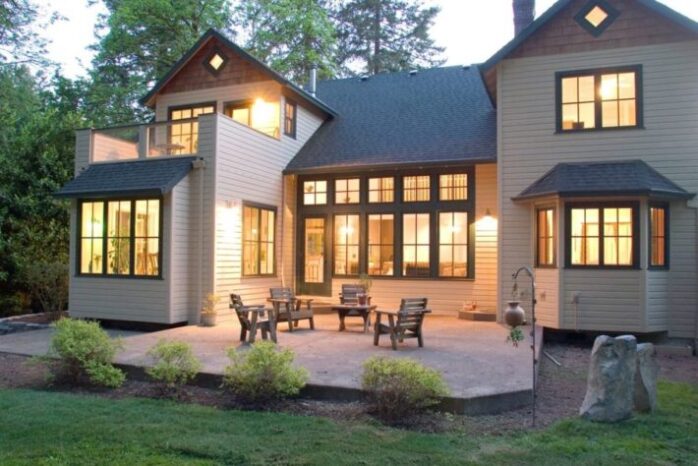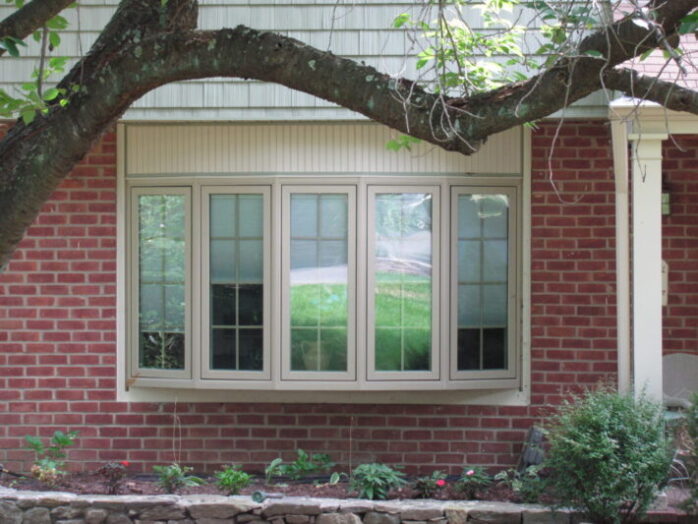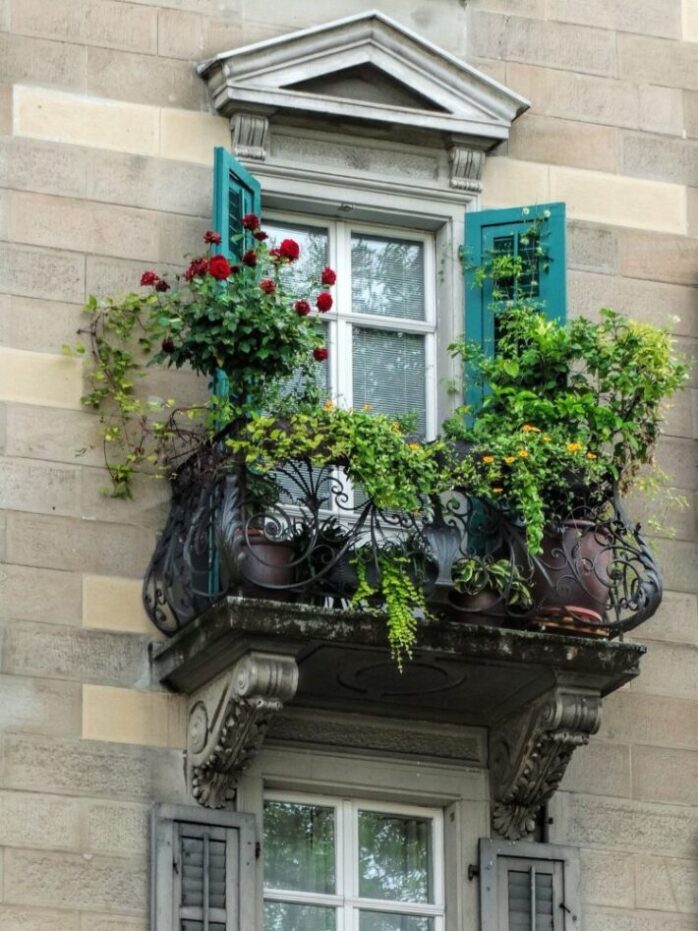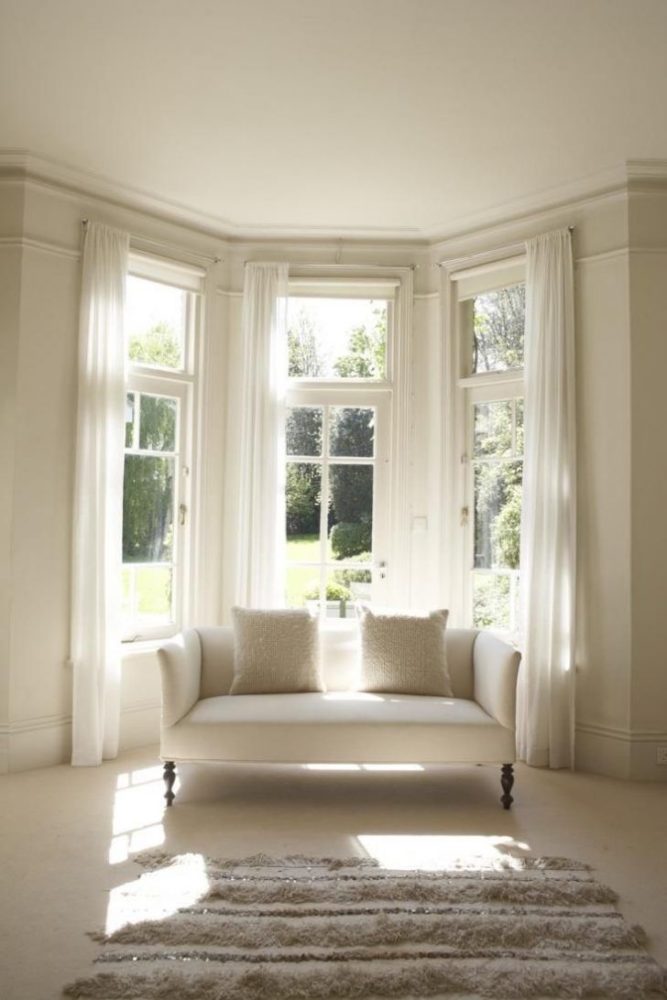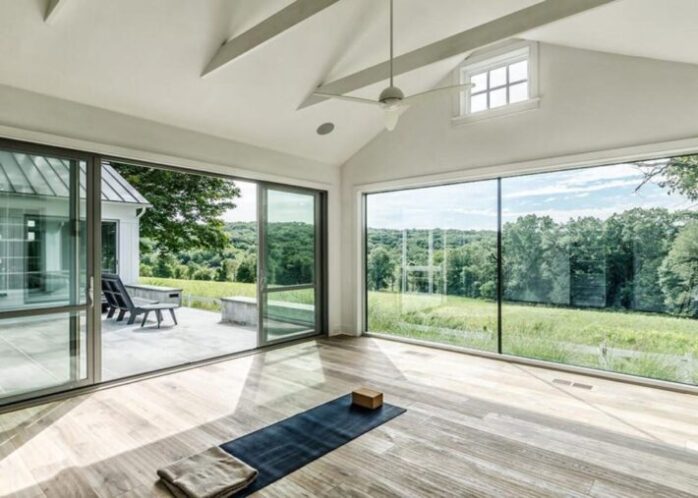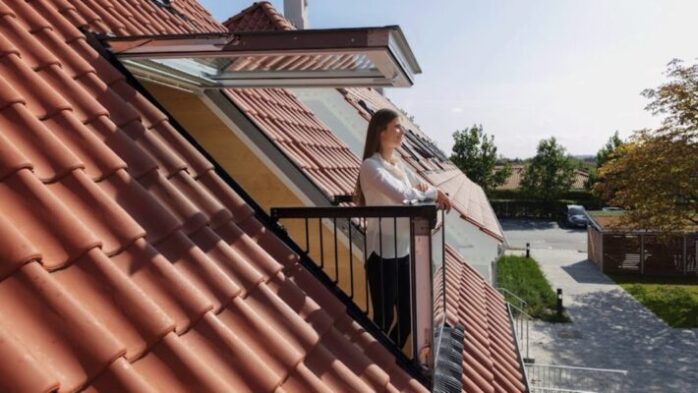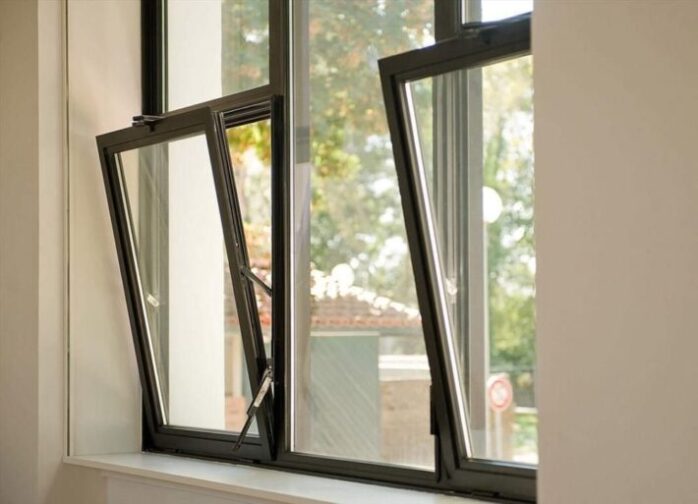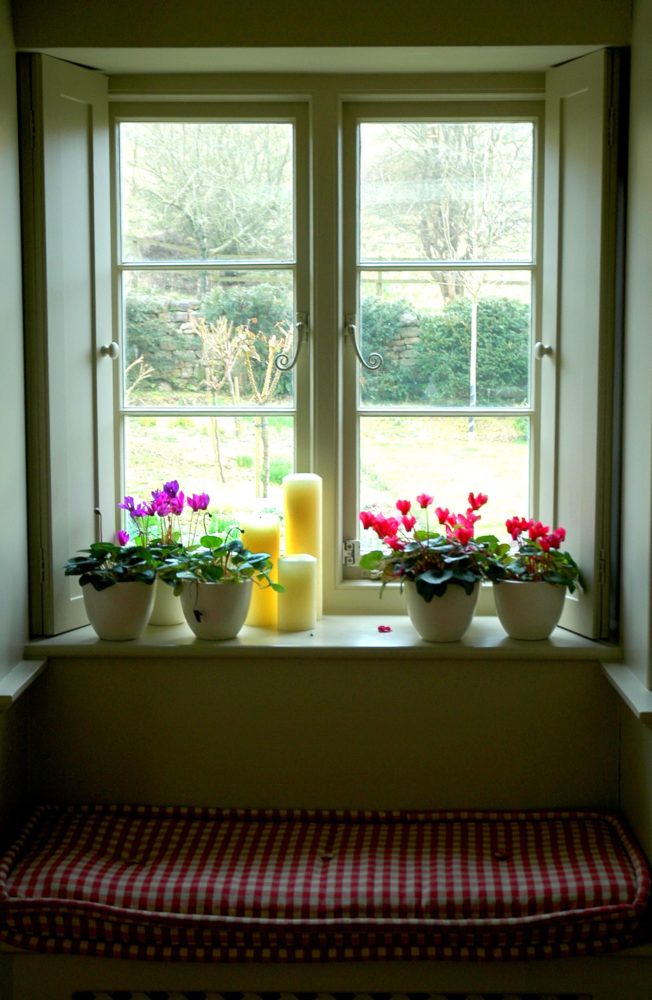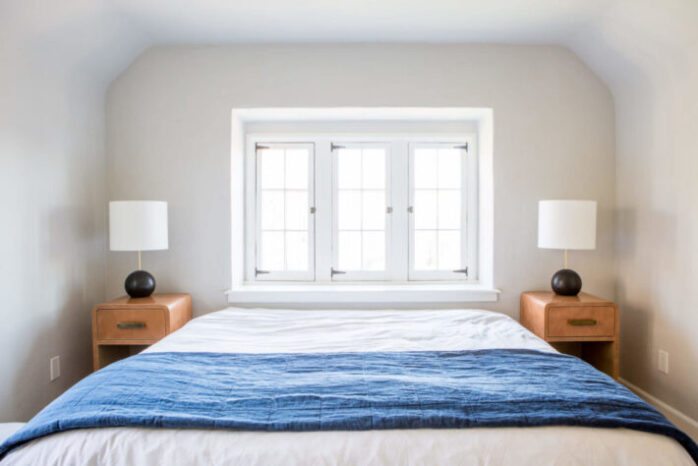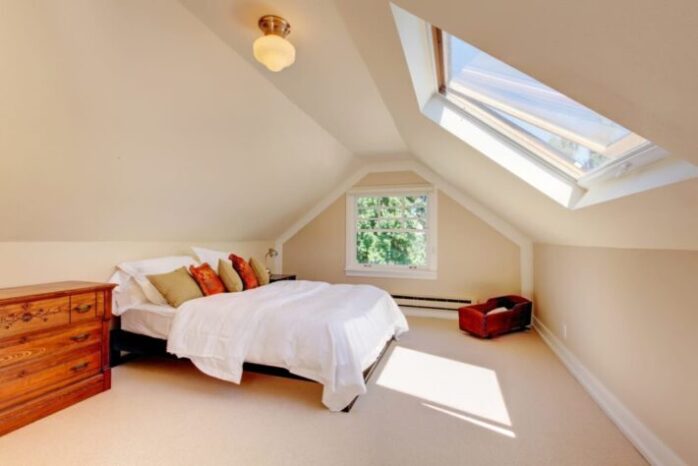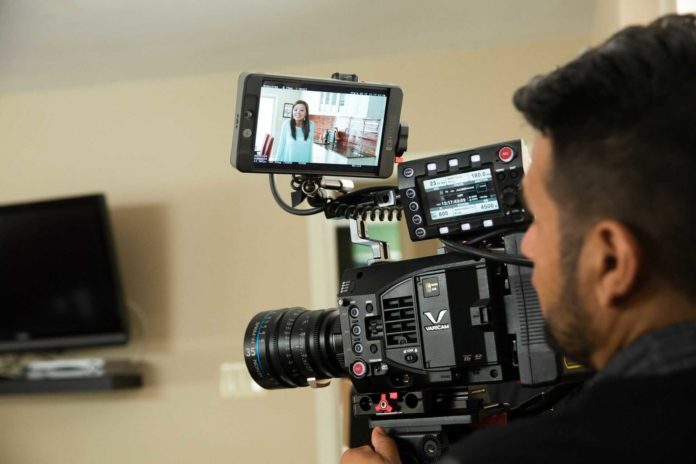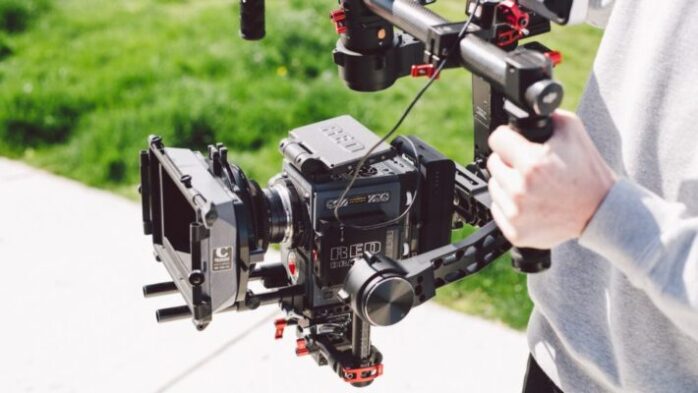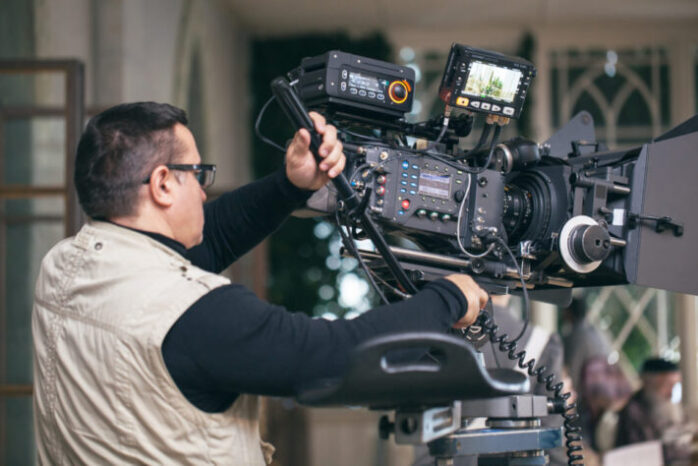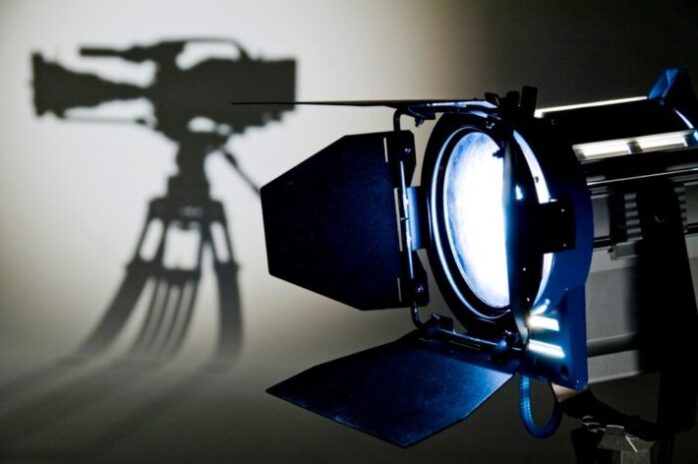There was a time when DJing would require a whole host of specialized and expensive equipment for even the most basic of setups! Thankfully, today things are a bit different.
Thanks to technology, all you need to get fully up and running for a proper DJ session is a laptop, some software, and artistic intuition.
While we can’t help you with the latter, we can, however, equip up with all the information you need to turn your laptop into a fully mobile rave machine. Here’s what you’ll need.
A Fairly Decent Laptop
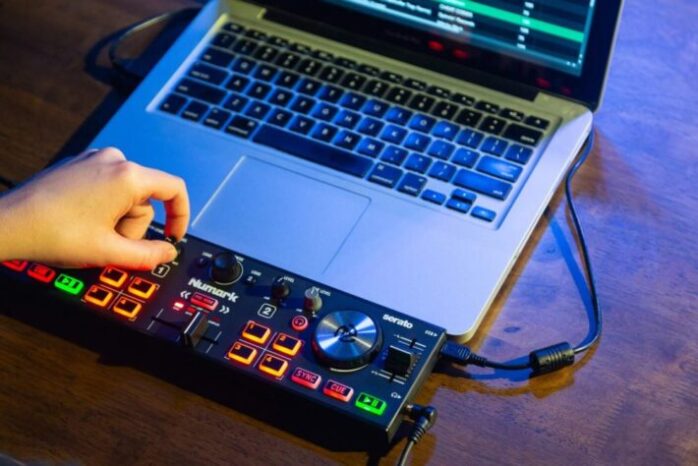
The fact of the matter is you won’t be able to take your dad’s 12-year old single-core Dell laptop and expect it to run all of the software and plugins you’ll need to entertain a picky crowd.
Having the right laptop and maybe, more importantly, the right OS is crucial to have a setup that will be able to supply beats all night long without so much as a microscopic hitch.
Processer wise you’re going to want to have an i5 or an i7 at the bare minimum preferably with at least 4 physical scores if not more. Some of the applications can get fairly resource-intensive so having 16GB of ram at hand is another plus point. You can get by with 8, but more technical DJing software like Traktor might leave you hankering for more memory.
Then comes the age-old question of Mac vs Windows. Most DJ’s as we know use MacBooks as their laptop of choice for audio production. Why? Well, the simple fact is that MacOS just handles audio processing better and is a lot more stable. It’s CoreAudio drivers allow for plug and play of devices and runs rings around Windows ASIO in terms of stability.
This is not to say that Windows is no good either, with a few tweaks you can get ASIO up to par with MacOS’s CoreAudio. There are quite a bit more free software and plugins available on Windows as well. To dive deeper into this debate you can check this article out about Mac vs Windows for music production at NetBookNews.
So don’t go out and buy a new laptop just for the sake of it, as long as what you already own is relatively modern and powerful. It should be just fine. If you do need a new laptop, you can learn more about some of the best laptops for music production at NetBookNews.
The Best DJ Software
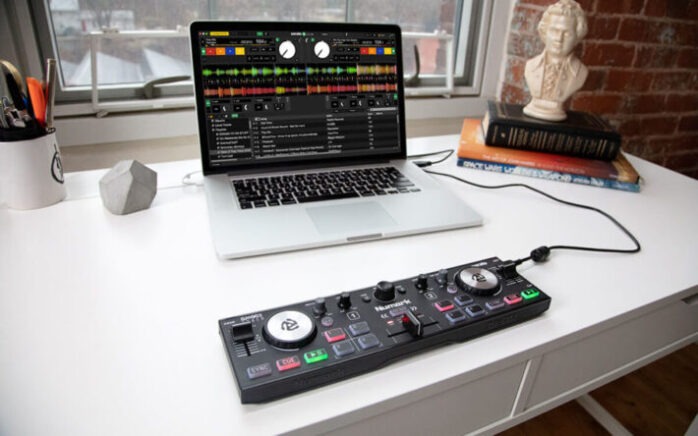
Take one quick Google search and you’ll find dozens of software available. There are a few favorites out there among DJs. However, the key thing to remember is what works for them won’t necessarily work for you.
So do your research, test some out and find the one that best fits your style. The top two choices currently on the market are.
Traktor Pro 3 – Native Instruments ($99)
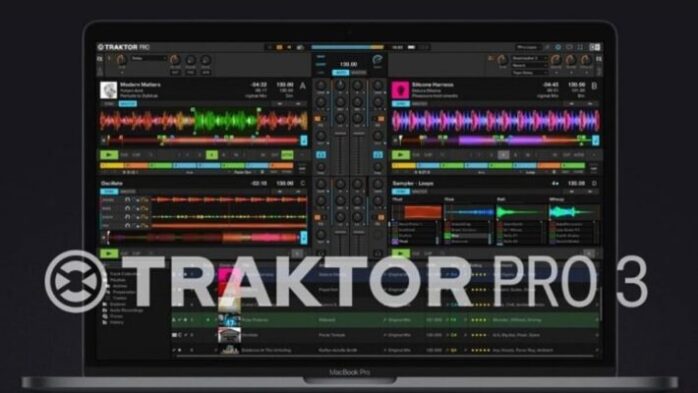
Available for both macOS and Windows, Traktor Pro has become somewhat of a benchmark for DJ software. Having been on the market for over 10 years, its been constantly updated and optimized to become a powerhouse for live music sessions.
Veteran DJs describe it as reliable, powerful and loads of fun to use. It doesn’t matter what you throw at it from 4 decks mixing to dozens of lopping patterns, it’ll handle it no problem. With version 3 you get a clearer, sharper and more efficient UI alongside a plethora of other features that make the entire process just that little bit easier and more simplistic.
It even comes equipped with a plane’s Elastique Pro V3 time-stretching and pitch-shifting engine. Yes, we know that made no sense at all, what it translates to is a far more pleasant sound that isn’t as gritty or tinny as previous versions and competing for software.
Native Instruments also manufactures there own mixers, so you get seamless integration if you decide to expand your DJ arsenal within their product line.
Serato DJ (Free Trail – $299)
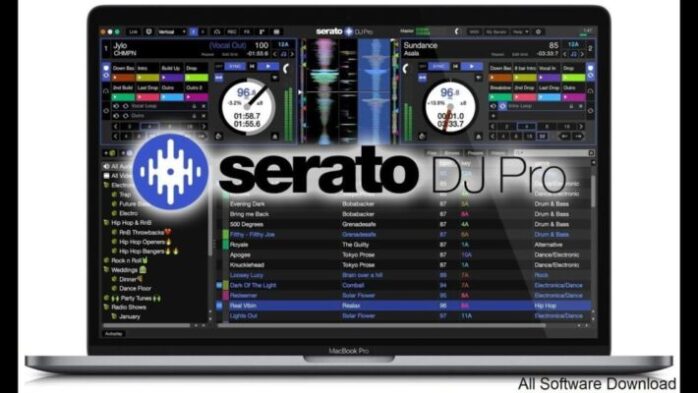
Another software that has just as loyal of a fanbase is Serato DJ available on macOS and Windows. While it may not be as widely adopted as Traktor Pro it comes with its own range of features and advantages.
Firstly it has all the essentials you’ll ever need from a DJ software to get started, it features the lowest latency amongst all its rivals and is compatible with an extensive range of hardware.
Other features include a sampler that allows you to load in 8 samples each within four banks, as well as effects powered by isotope. Serato Pro comes with 13 effects as standard however you can up that by purchasing the FX expansion pack.
Serato also has a diverse range of pricing options from subscription-based packages to one-time purchase options. You can even purchase the full DJ Suite that includes DJ Pro, Serato Play, Serato FX, etc all for $299.
If that’s a bit too rich and you can get Serato DJ lite, it doesn’t have all the features unlocked but its a great way to learn the basics if you’re just starting out.
Where Do I Purchase Music From?
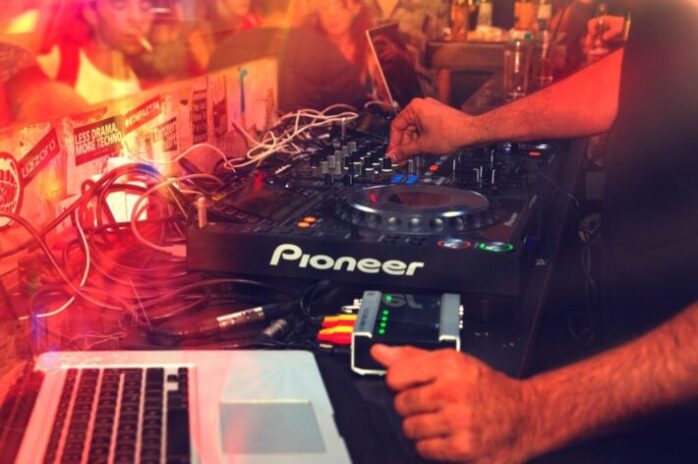
If your thinking about downloading the audio from YouTube or ripping it from some old CDs you have lying around, then don’t! Formats such as MP3 or WAV are “lossy” formats. That means they’ve been compressed, sacrificing quality for smaller file sizes.
Sites such as Beatport allow you to download tracks in a lossless format, in addition to that, it’s got a top ten chart as well. So if you’re struggling to find a track, this is a good way to get some inspiration.
Other sites such as Juno Download, Boomkat, Traxsource and Bleep are just as good. You can even search around on SoundCloud to find some free tracks from up and coming artists.
Conclusion
As you can clearly see, DJing is no longer only for the experienced and the wealthy. Thanks to the magic of tech you can now start producing music from the very comfort of your own home with just your laptop.

